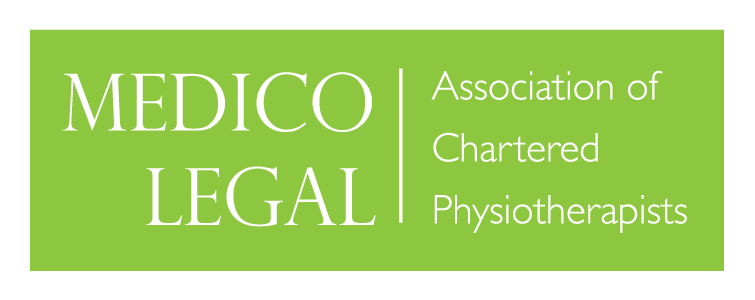This is a long post, but if you, or somebody you know suffers with chronic pain, it could change your life.
According to a 2016 study in the British Medical Journal, it is estimated that around a third of British adults suffer from some form of chronic pain; loosely defined as being symptoms lasting more than 3 months. These pains commonly come in the form of neck, back, shoulder, hip, or knee pain; or from conditions such a ‘tennis elbow’, ‘carpal tunnel syndrome’, or ‘plantar fasciitis’. Although these complaints are in anatomically varied locations within the body, there is frequently a common feature between them – a feature that, if understood, can change the way these complaints are managed, and could improve the lives of millions of people. But first we need to understand a little about what pain actually is…
In the last ten years the scientific understanding of pain has evolved hugely. The following information is just scraping the surface, but is useful for understanding why chronic pain is often mis-managed. To understand what pain is and why we experience it, it is important to understand the following points:
The experience of pain is not proportional to the level of tissue damage or disruption within the body. We can hurt ourselves and feel pain, and we can feel pain without having hurt ourselves.
- Pain is experienced in the brain: much as eyes don’t see, they simply provide information to the brain to be turned into sight (and we sometime see things that aren’t there!). Similarly we don’t feel pain with our bodies – our bodies provide some information that is then INTERPRETED by the brain to create the experience of pain.
- Sometimes pain is an accurate representation of what has, or is, happening to the body: more often it is contextual. For example – a rugby player can be elbowed in the face trying to get a match winning try but and barely feel it – yet if you were to elbow that same player in the face while he is watching a film on his sofa he will perceive it entirely differently! The same principles apply on multiple levels.
- Pain is the brain’s best guess about what level of threat the body is under, and what is best done about it: most people when getting injections experience pain, but the knowledge that it is a safe, beneficial procedure, performed by a professional, lessens the intensity of the response. The exact same physical experience, or the same needle, in the same part of the body, but performed against your will, or by a doctor you don’t trust, is most to likely cause a greater experience of pain.
- When a person experiences pain, it is not purely a sensory experience. A brain in pain also causes changes in the body – such as muscular tightness, weakness, changes in blood flow to certain parts of the body, and a hormonal response (the ‘fight or flight’ stress response) – all of which can lead to further disability, and even make the pain worse.
- Much of chronic pain is the result of an excessive amplification of this information by the nervous system. This can be influenced by a huge range of factors: biological (your body and nervous system) social (your environment), and psychological (your beliefs about your pain or injury). Many of which can be addressed to improve your life.
None of this is to say that people who have chronic pain have nothing going on ‘in their bodies’, and it is certainly not to say that the pain is ‘all in their heads’. However, we must understand that as complaints become more chronic, they become more complicated. Most tissues in the body will heal from injury within weeks, or sometimes months – even the most severe muscular tear heals in less than 6 months; a broken thigh bone will be healed between 3 and 6 months. Any initiating injury is highly likely to be already healed in people with chronic pain. Even if it really feels like it is still injured. This is true of back pain caused by injuries to their ‘discs’, and sciatica, as much as it is true of sports injuries.
The significance of this realisation, is two-fold, and these I can’t stress enough.
- When a pain becomes chronic is it highly unlikely that further rest is going to be beneficial. Although taking it a little easy on an injury is often the right thing to do in the short term (that is what pain is trying to motivate us to do after-all), too much rest can actually be counterproductive.
- An active strategy is the best way to reduce pain and improve movement. Using a varied approach: better understanding what is causing your pain to continue, finding ways to reduce the sensitivity of your painful tissues, and improving the way your body moves can, in most cases, greatly improve your life.
Here we have mostly been talking about pain that follows an acute injury, but the same principles apply to people with pain caused by a variety of conditions, even those where there is something in the tissues; such as carpal tunnel, tennis elbow, osteoarthritis, and degenerative disc disease – rest and activity avoidance are not going to improve the painful tissues. Appropriate movement and exercise, when done in the right dose, can really help to improve the condition of the body and to decrease pain. Sometimes it can be helpful to seek a professional help – like from an Osteopath – to help you better understand you body, and your pain – and to find the best strategies to get going again. And to identify any other factors in your life that can be perpetuating the pain experience. If you are unsure as to whether we at Central Osteopaths can help you, please feel free to contact us here
Blog compiled by Matt Penman M.Ost, Head Osteopath at Central Osteopaths






